Enigmatic Heritage: Giza City Egypt
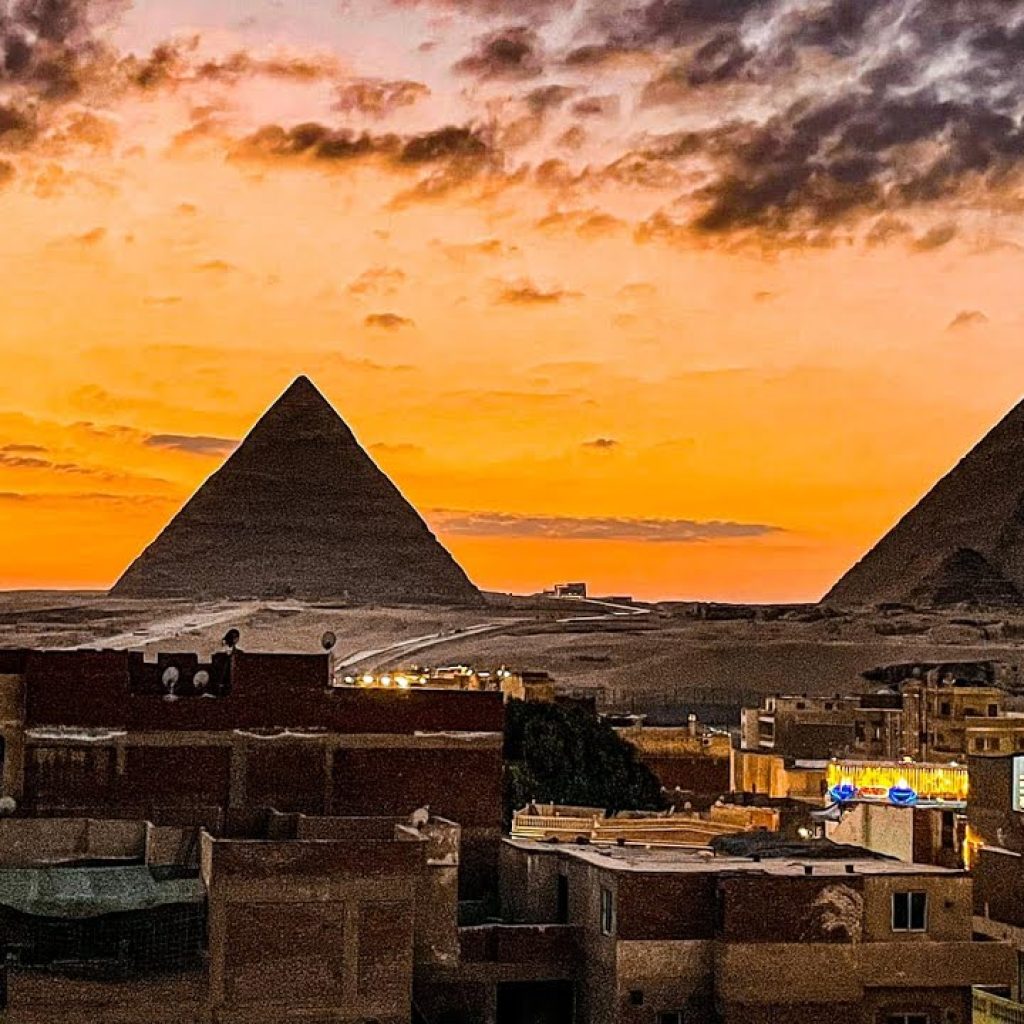
Table of Contents: Giza City Egypt
- Introduction
- Historical Context of Giza City
- The Architectural Marvels of Giza
- Exploring the Great Sphinx
- Ancient Temples and Burial Sites
- Methods of Ancient Construction
- Modern Giza: A City of Contrasts
- Cultural and Economic Impact of Tourism
- Recent Archaeological Discoveries
- Preservation Efforts and Future Challenges
- Conclusion
- FAQs
Introduction: Giza City Egypt
Giza City, Egypt, is a living testament to the grandeur and ingenuity of ancient Egyptian civilization. Located on the west bank of the Nile River, near Cairo, Giza is world-renowned for its monumental pyramids and the Great Sphinx. However, Giza is much more than its ancient landmarks. This article explores the city’s rich history, archaeological wonders, and the blend of ancient and modern life that defines Giza City, Egypt.
1. Historical Context of Giza City
Giza has been a focal point of Egyptian civilization for millennia. Its strategic location near the Nile and proximity to the ancient capital, Memphis, made it an ideal site for royal burials and monumental constructions. The city’s historical significance extends from the Old Kingdom, particularly the Fourth Dynasty, when the iconic pyramids were built, to the present day, reflecting a continuous thread of cultural and historical development.

2. The Architectural Marvels of Giza
The Pyramids of Giza are architectural feats that have fascinated scholars and tourists alike. The Great Pyramid, built for Pharaoh Khufu, stands as the largest and Giza City Egypt, most iconic of the three pyramids. Alongside it are the pyramids of Khafre and Menkaure. These structures were constructed using millions of limestone and granite blocks, each weighing several tons, showcasing the remarkable engineering capabilities of the ancient Egyptians Giza City Egypt,.
3. Exploring the Great Sphinx
The Great Sphinx of Giza is one of the most enigmatic and recognizable statues in the world. With the body of a lion and the head of a pharaoh, believed to represent Khafre, the Sphinx has been a subject of mystery and speculation. Carved from a single limestone ridge, it stands guard over the Giza Plateau, embodying the strength and wisdom of ancient Egyptian civilization. Its exact purpose and construction methods continue to intrigue researchers.
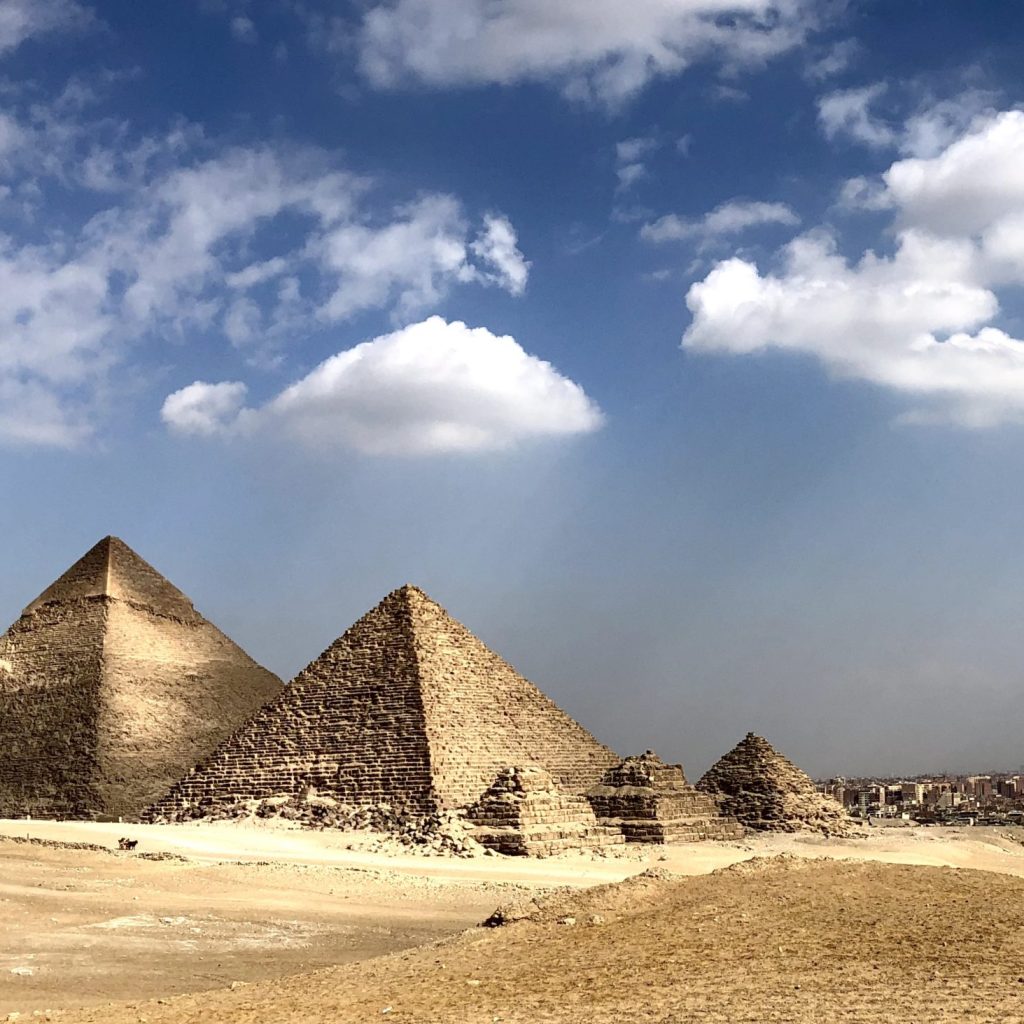
4. Ancient Temples and Burial Sites
Giza is not only home to pyramids and the Sphinx but also a host of ancient temples and burial sites. The Valley Temple of Khafre, constructed with massive limestone and granite blocks, is a prime example of the architectural sophistication of the time. Additionally, the necropolis includes tombs of nobles and high-ranking officials, adorned with detailed hieroglyphics and artwork, offering insights into the social and religious practices of ancient Egypt.
5. Methods of Ancient Construction
Giza City Egypt,The construction of Giza’s pyramids and other monuments is a testament to the advanced engineering and organizational skills of ancient Egyptians. While the exact techniques remain a subject of debate, theories suggest the use of ramps, levers, and a large, skilled workforce. These methods allowed the transportation and precise placement of massive stones, reflecting a deep understanding of mathematics, physics, and labor management.
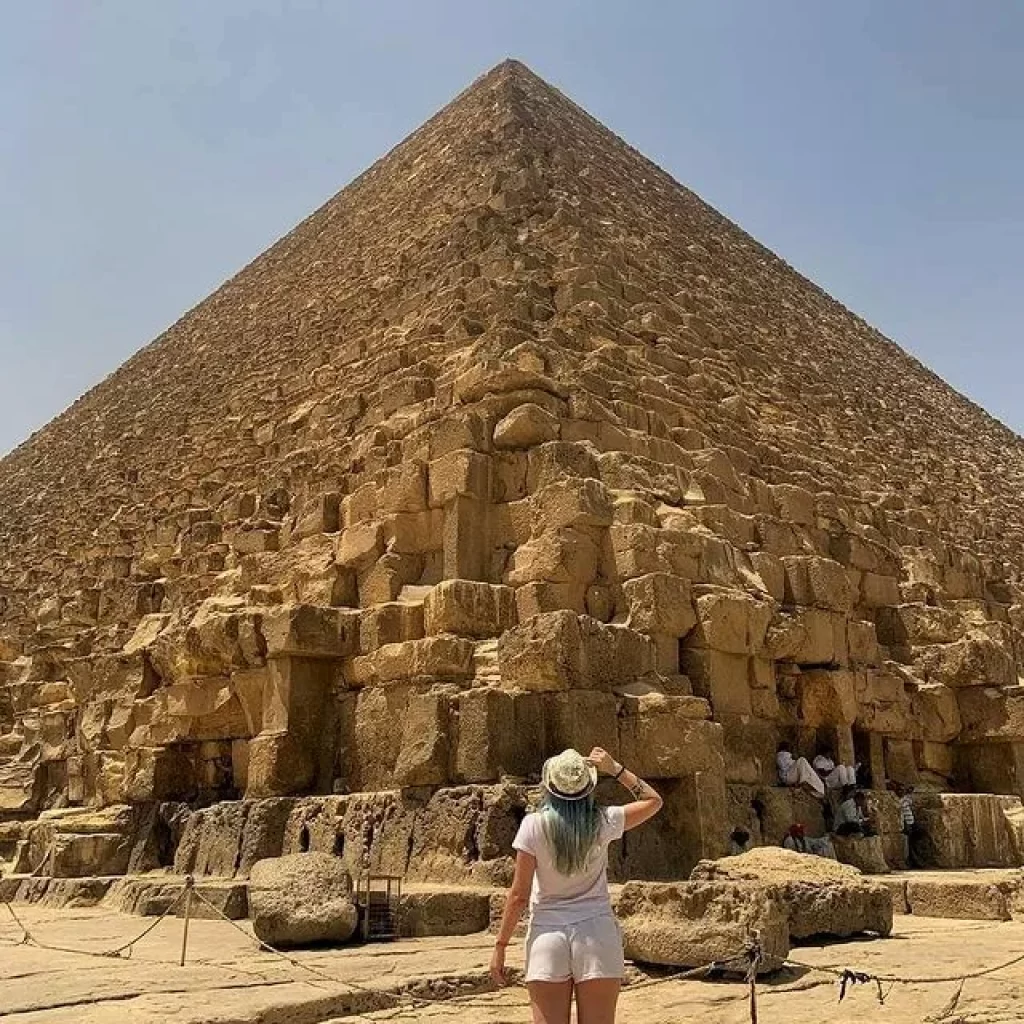
6. Modern Giza: A City of Contrasts
Modern Giza is a bustling metropolis that juxtaposes ancient wonders with contemporary life. The pyramids dominate the city’s skyline, yet it also features modern buildings, bustling markets, and residential areas. Giza’s residents enjoy the benefits of modern infrastructure while living amid some of the world’s most significant historical sites, creating a unique blend of past and present.
7. Cultural and Economic Impact of Tourism
Tourism is a cornerstone of Giza’s economy, drawing millions of visitors each year to its ancient landmarks. The influx of tourists supports local businesses and provides significant revenue for the city. Cultural events, guided tours, and educational programs help visitors appreciate the historical significance of Giza, fostering a deeper connection to Egypt’s rich heritage and promoting cultural exchange.
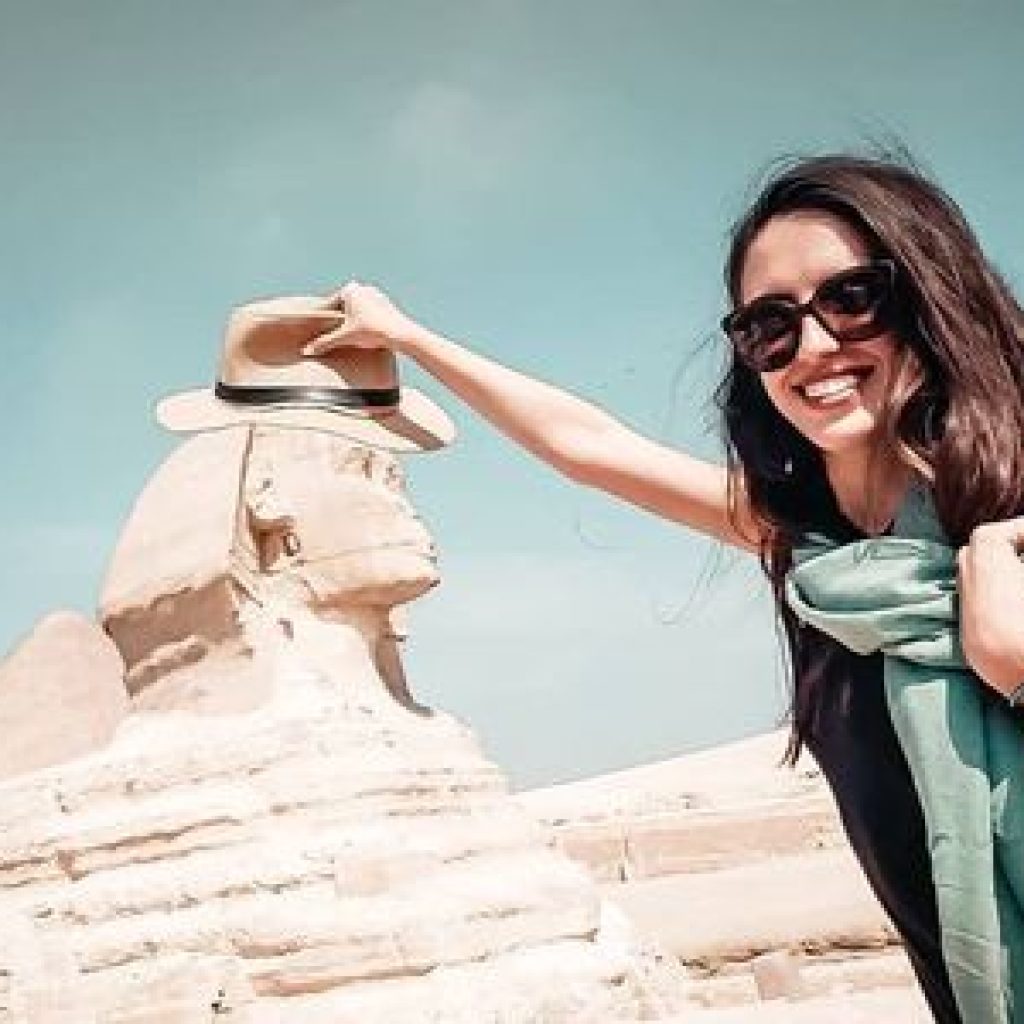
8. Recent Archaeological Discoveries
Giza remains a vibrant center for archaeological research. Recent discoveries, such as previously unknown tombs and burial chambers, have shed new light on the daily lives, religious practices, and social structures of ancient Egyptians. Advanced technologies, including satellite imagery and 3D scanning, have revolutionized archaeological methods, enabling researchers to uncover and study artifacts and structures with unprecedented precision.
9. Preservation Efforts and Future Challenges
Preserving Giza’s ancient monuments poses significant challenges, including environmental threats, urban development, and the impact of mass tourism. Efforts by the Egyptian government, UNESCO, and various international organizations focus on protecting and restoring these sites. Strategies include controlling tourist access, managing urban expansion, and employing modern conservation techniques to ensure that Giza’s heritage is safeguarded for future generations.
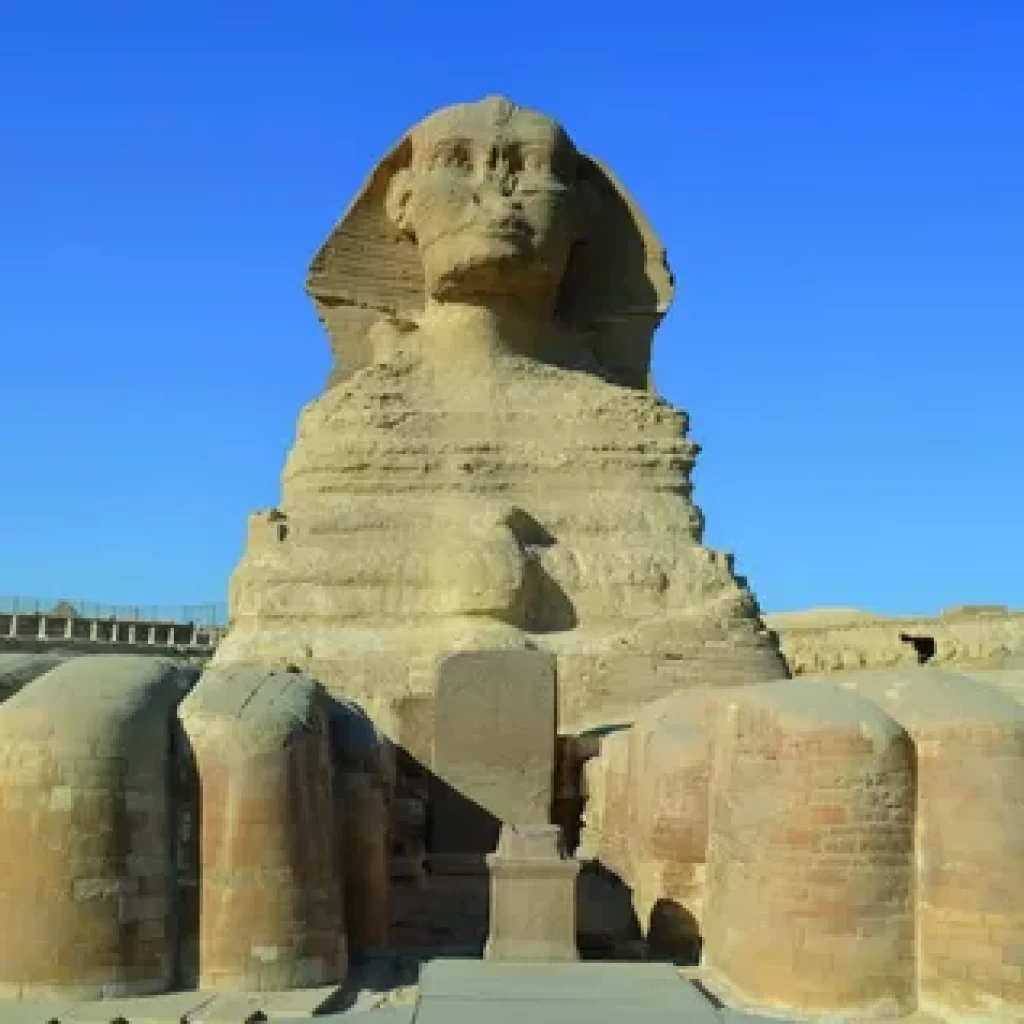
10. Conclusion: Giza City Egypt
Giza City, Egypt, is a unique blend of ancient history and modern vibrancy. Its monumental pyramids, enigmatic Sphinx, and rich archaeological sites offer a window into the past, while its bustling urban life reflects the dynamic nature of the present. As Giza continues to evolve, it remains a symbol of human ingenuity and a beacon for archaeological discovery. The ongoing efforts to preserve and study Giza ensure that its legacy will endure, inspiring awe and wonder in all who visit.
FAQs: Giza City Egypt
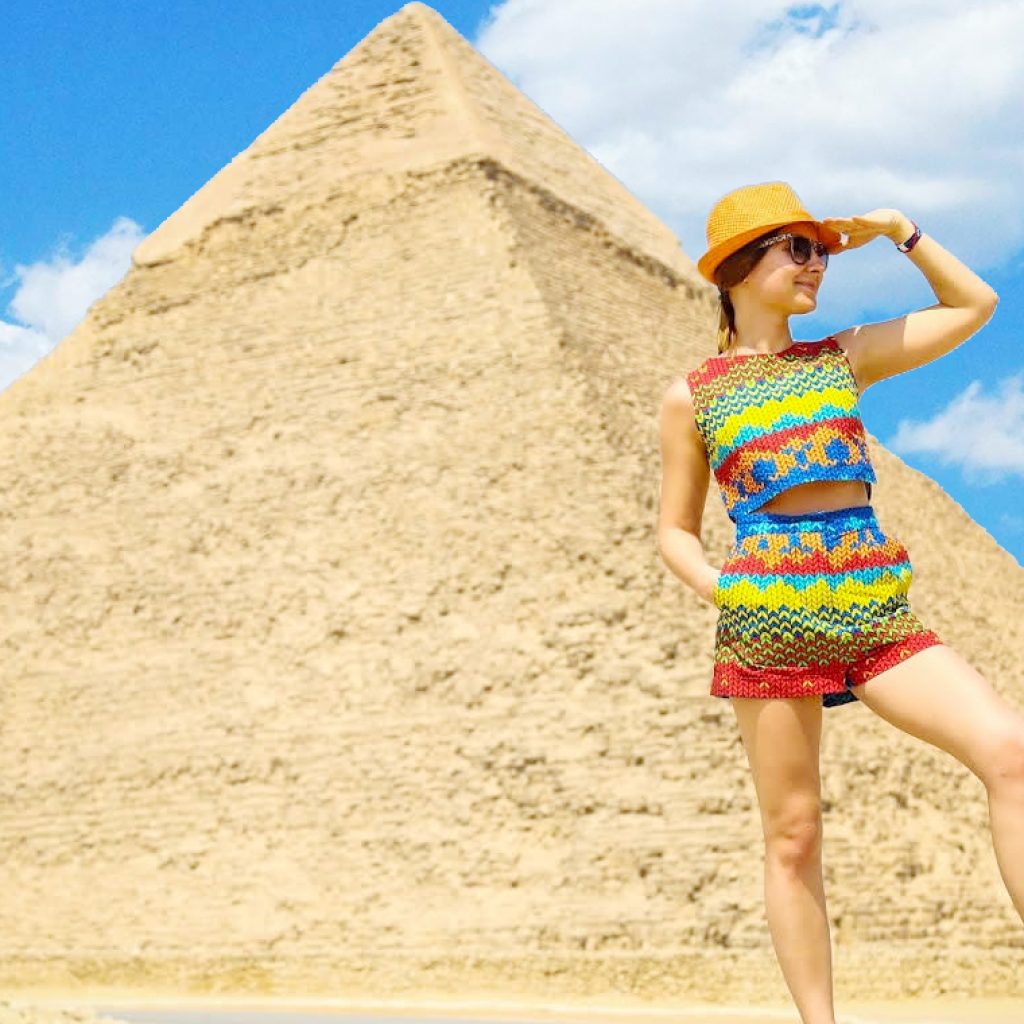
1. What makes the pyramids of Giza unique?
The pyramids of Giza are unique due to their immense size, precise construction, and historical significance as royal tombs from the Fourth Dynasty of ancient Egypt.
2. Who built the Great Sphinx of Giza?
The Great Sphinx is believed to have been built during the reign of Pharaoh Khafre, who also constructed the second-largest pyramid at Giza.
3. How old are the monuments in Giza?
The pyramids and the Sphinx date back to around 2580–2560 BC, making them over 4,500 years old.
4. What other ancient structures are in Giza?
In addition to the pyramids and Sphinx, Giza includes several temples, such as the Valley Temple of Khafre, and numerous tombs of nobles and officials.
5. How did ancient Egyptians build the pyramids?
While the exact methods are debated, theories suggest the use of ramps, levers, and a large workforce skilled in engineering and construction techniques.
6. Why is Giza important for tourism?
Giza is a major tourist destination due to its ancient monuments, which attract millions of visitors each year and contribute significantly to the local economy.
7. How is Giza being preserved?
Preservation efforts involve regulating tourism, controlling urban development, and using modern conservation techniques to protect and restore the ancient monuments.
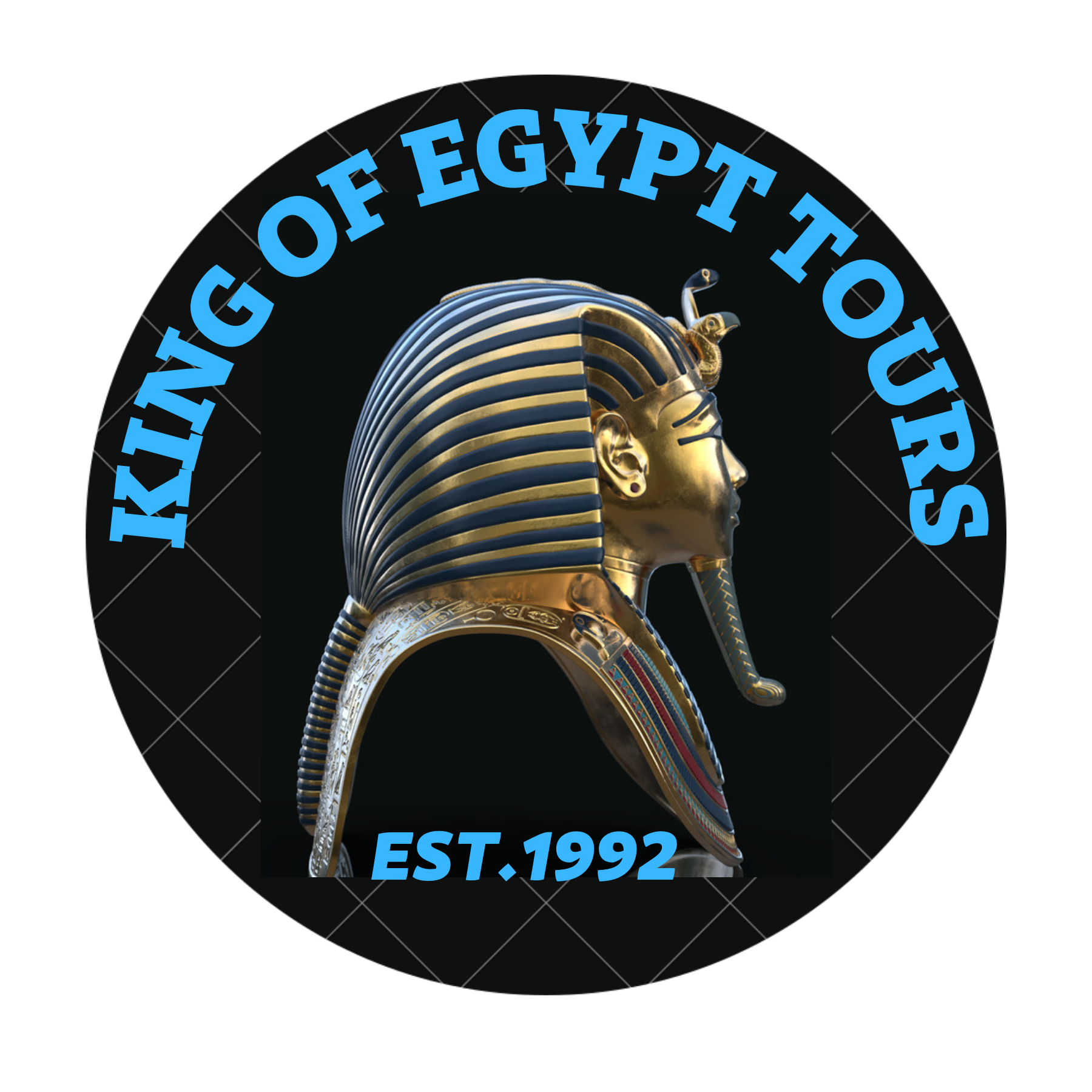
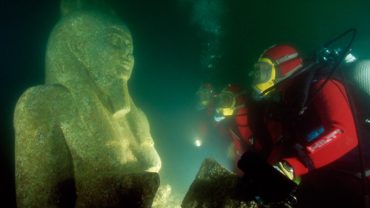
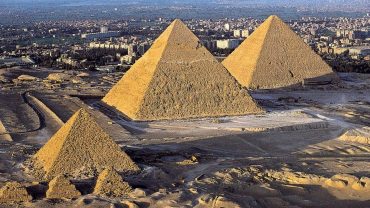
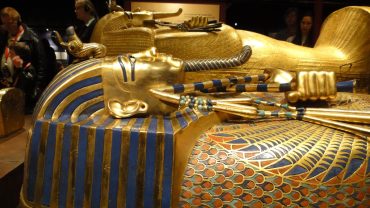

Comment (0)